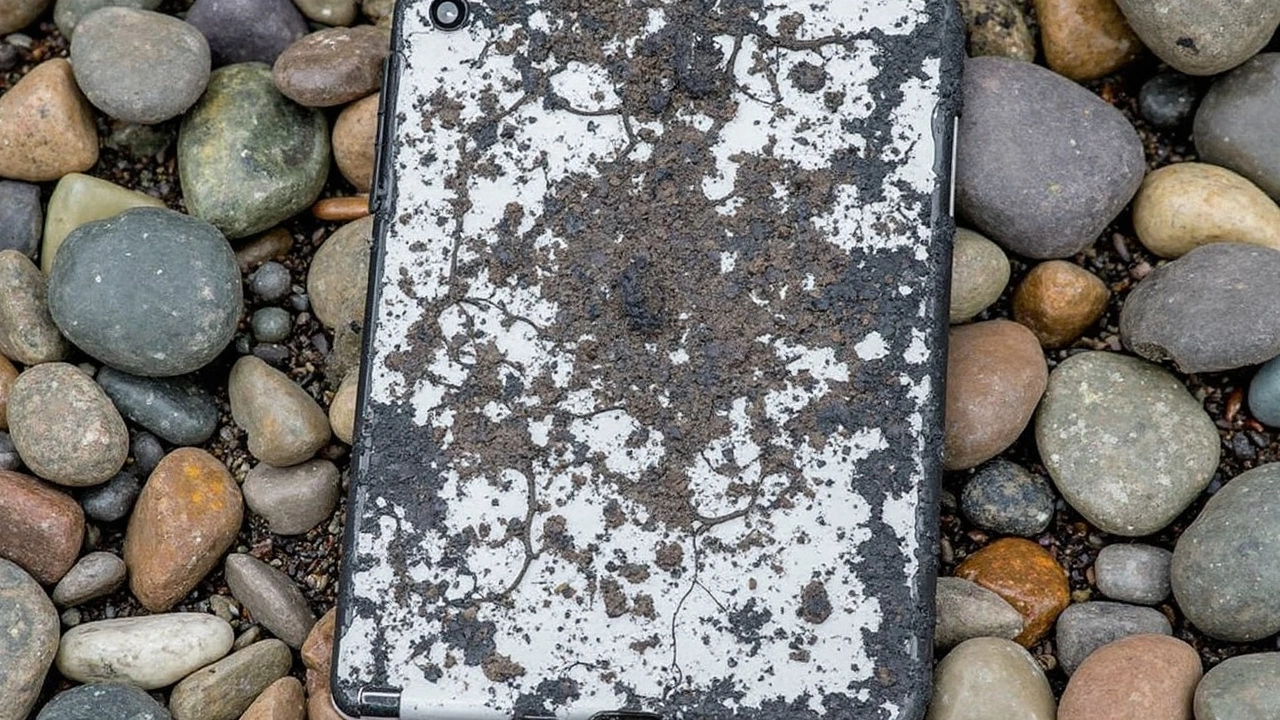Mystery iPad Connects the Dots in Complex Crime Cases
Imagine finding a long-lost gadget, not just any gadget, but an iPad from London’s River Thames, and discovering it’s the missing piece in untangling a complex murder and art theft conspiracy. This isn't fiction. It’s about three men whose intercontinental crimes have finally caught up with them. A daring narrative that unfolds with their downfall starts with a piece of technology submerged in the Thames for more than five years.
The story revolves around Daniel Kelly and the Ahearne brothers, Stewart and Louis, who were convicted of an alarming conspiracy. These men orchestrated an attempt on Paul's life in 2019, who wasn’t just any man; he was Paul Allen, a notorious ex-cage fighter and participant in the massive 2006 £54 million heist. They tracked Allen across town, using a rented Renault Captur car fitted with GPS. What’s chilling is how they shot through a window and left him paralyzed. In their attempts at skulduggery, they might just have overlooked that one bit of crucial evidence—their discarded digital device.
Digital Traces and Art Theft
What makes this criminal case particularly intriguing is its ties to an art heist of a grand scale. Just a month before Allen's shooting, these same men executed a daring theft in Switzerland, walking away with precious 14th-century Ming Dynasty artifacts valued at over €3 million from Geneva’s Museum of Far Eastern Art. Investigators found eerie similarities in the modus operandi for both crimes, including the use of rented vehicles traced back to Stewart Ahearne. In fact, his DNA, coupled with clues discovered on the recovered iPad, painted a clear picture too vivid to ignore.
The intricate plot found its linchpin in the Thames iPad, which quickly turned the spotlight on their illegal escapades. Initially thought to be irrelevant, this device’s SIM card contained a trove of data linking burner phones and other digital footprints, very conveniently purchased via Amazon and eBay. These breadcrumbs turned into compelling evidence, allowing the authorities to trace the criminals’ movements and meticulously dismantle their alibis.
The crime-fighting digital gem finally surfaced in 2024 near John Harrison Way, where Kelly departed from a vehicle after an alleged rendezvous. It set off a chain of revelations leading to their arrest, extradition, and sentencing. Together with CCTV and license plate recognition technology, the case unraveled at Old Bailey, culminating in their guilty verdict for conspiracy to murder in March 2025, with sentences just around the corner.
The uncovered web of deceit extending from London to Geneva highlights an evocative tale of international organized crime. It’s almost like a storyline cut out from a high-octane thriller flick. But for those involved, this is no mere script. As sentences loom, it underscores the global reach of justice, stretching beyond borders through the clever interplay of technology and investigative prowess.

Write a comment